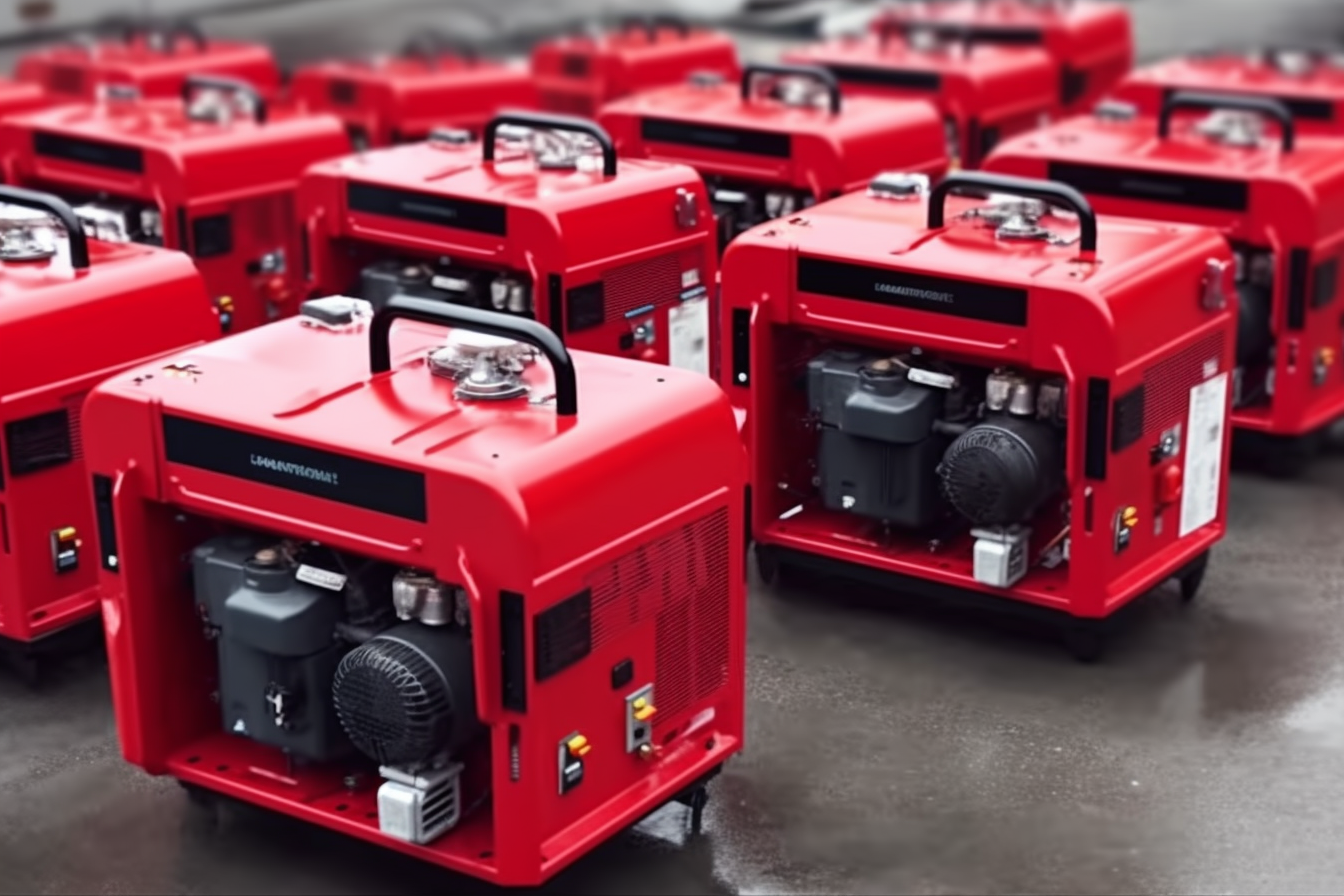Whole House Generator Guide: Costs, Installation & Maintenance
Power outages can leave your home without electricity for hours or even days, disrupting daily life and potentially causing costly damage to appliances and food storage. Whole house generators provide a comprehensive backup power solution that automatically kicks in when the grid fails, ensuring your essential systems continue running seamlessly. These standby generators connect directly to your home's electrical panel and fuel supply, offering peace of mind during severe weather events, utility maintenance, or unexpected power failures.

Understanding Whole House Generators for Home Backup
Whole house generators, also known as standby generators, are permanently installed backup power systems designed to automatically supply electricity to your entire home during outages. Unlike portable generators, these units are hardwired into your home’s electrical system and connected to a fuel source such as natural gas or propane. When utility power fails, an automatic transfer switch detects the outage and signals the generator to start, typically restoring power within 10-20 seconds.
These systems consist of several key components: the generator engine, alternator, fuel system, cooling system, exhaust system, and automatic transfer switch. The engine runs on natural gas, liquid propane, or diesel fuel, while the alternator converts mechanical energy into electrical power. The automatic transfer switch serves as the brain of the system, monitoring utility power and seamlessly switching between grid power and generator power as needed.
Whole House Generator Costs: Pricing & Factors Explained
Several factors influence the total cost of a whole house generator system. Generator size, measured in kilowatts (kW), directly impacts pricing, with units ranging from 7kW for smaller homes to 48kW or larger for expansive properties. Installation complexity also affects costs, including electrical work, gas line installation, concrete pad preparation, and permit fees.
Fuel type selection impacts both initial and ongoing costs. Natural gas generators typically cost less to operate but require existing gas service or new line installation. Propane units offer fuel storage independence but require tank installation and periodic refilling. The generator’s brand, warranty coverage, and additional features like remote monitoring capabilities also influence pricing.
| Generator Size | Estimated Unit Cost | Installation Cost | Total Investment |
|---|---|---|---|
| 7-10kW | $2,500-$4,000 | $3,000-$5,000 | $5,500-$9,000 |
| 14-20kW | $4,000-$6,500 | $4,000-$7,000 | $8,000-$13,500 |
| 22-26kW | $6,500-$9,000 | $5,000-$8,000 | $11,500-$17,000 |
| 30-48kW | $9,000-$15,000 | $6,000-$10,000 | $15,000-$25,000 |
Prices, rates, or cost estimates mentioned in this article are based on the latest available information but may change over time. Independent research is advised before making financial decisions.
Choosing the Right Whole House Generator for Your Needs
Selecting an appropriately sized generator requires calculating your home’s essential power requirements. Start by listing critical systems: heating and cooling, refrigeration, lighting, medical equipment, and security systems. A qualified electrician can perform a load calculation to determine the minimum generator capacity needed.
Consider your family’s comfort preferences during extended outages. A smaller generator might power essential systems only, while a larger unit can maintain normal household operations including multiple appliances, electronics, and convenience items. Geographic location also matters, as areas prone to frequent or prolonged outages may benefit from larger, more robust systems.
Fuel availability in your area influences generator selection. Natural gas provides continuous fuel supply where service exists, while propane offers independence from utility infrastructure. Some regions experience natural gas pressure drops during high-demand periods, making propane a more reliable option.
Affordable Whole House Generator Installation Guide
Proper installation requires professional expertise to ensure safety, code compliance, and optimal performance. The process begins with obtaining necessary permits from local authorities, followed by site preparation including concrete pad installation and utility connections.
Electrical work involves installing the automatic transfer switch and connecting it to your home’s main electrical panel. Gas line installation or propane tank setup must comply with local codes and safety regulations. Professional installation typically includes system testing, owner training, and warranty activation.
To reduce installation costs, consider scheduling during off-peak seasons when contractors offer competitive pricing. Obtaining multiple quotes from licensed installers helps ensure fair pricing and quality workmanship. Some manufacturers offer installation financing programs that can spread costs over time.
Fuel & Maintenance for Your Whole House Generator
Regular maintenance ensures reliable operation when you need backup power most. Weekly automatic testing cycles keep the engine and electrical components in good condition. Monthly visual inspections should check for leaks, damage, or debris around the unit.
Annual professional maintenance includes oil and filter changes, spark plug replacement, battery testing, and system diagnostics. Natural gas generators typically require less frequent maintenance than liquid fuel units, as gas burns cleaner and doesn’t degrade during storage.
Fuel costs vary by region and type. Natural gas pricing fluctuates with market conditions but generally provides economical operation. Propane costs more per BTU but offers fuel storage security. Diesel generators provide excellent fuel efficiency but require fuel rotation to prevent degradation.
Planning for Long-term Generator Ownership
Whole house generators typically provide 15-30 years of reliable service with proper maintenance. Factor ongoing costs into your decision, including annual maintenance, fuel consumption during outages, and potential repairs. Extended warranty options can provide additional protection beyond standard coverage.
Modern generators include advanced features like remote monitoring, smartphone apps, and diagnostic capabilities that enhance convenience and reliability. These systems can alert you to maintenance needs or operational issues, even when you’re away from home.
Consider your home’s future power needs when selecting a generator. Home additions, electric vehicle charging, or increased reliance on electronic devices may require additional capacity. Choosing a slightly larger unit initially can accommodate future growth while remaining cost-effective.
Whole house generators represent a significant investment in home comfort, safety, and convenience. By understanding the various factors affecting costs, installation requirements, and maintenance needs, homeowners can make informed decisions that provide years of reliable backup power protection.




